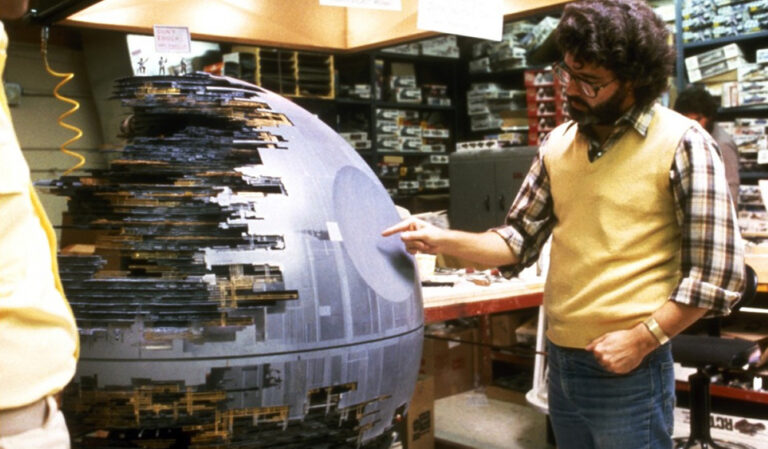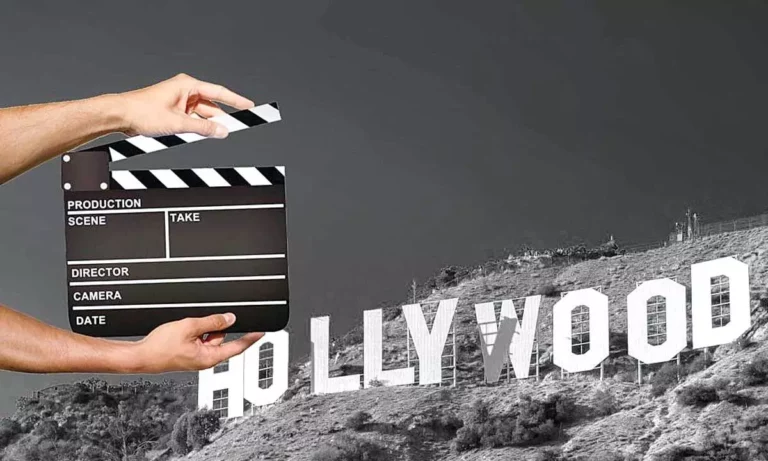
Once a niche genre relegated to late-night slots and cult audiences, horror has become one of the most profitable, talked-about, and artistically respected categories in modern cinema.
From psychological thrillers to supernatural scares, horror movies are dominating both box offices and streaming platforms.
What changed? Why are audiences more obsessed with being scared than ever before?
The Genre That Never Dies
Consistent ROI
Horror films have one of the highest return-on-investment ratios in the industry. Why?
- Low production costs
- Loyal, genre-specific audiences
- Word-of-mouth buzz
- Strong international appeal
Films like Paranormal Activity, Get Out, and The Blair Witch Project were made for under $10 million—and earned hundreds of millions globally.
Studios love horror because it delivers big results with low risk.
The Evolution of the Genre
Classic horror: monsters and madness
From Psycho to The Exorcist, early horror focused on fear of the unknown—serial killers, demons, vampires.
It was visceral, moral, and often grounded in taboo.
Modern horror: social and psychological themes
Today’s hits—like Hereditary, Midsommar, The Babadook, and Barbarian—use horror as a lens to explore:
- Family trauma
- Grief and loss
- Racism (Get Out)
- Toxic masculinity (Men)
- Class struggle (Us, Parasite)
It’s not just about the scares. It’s about what the scares represent.
Why Horror Connects So Deeply
Fear is universal
Everyone understands fear. Unlike comedy or drama, horror crosses language, age, and culture more easily.
Whether you’re watching in Tokyo or Toronto, a well-timed jump scare lands the same.
Safe danger
Watching horror allows people to:
- Confront fear in a controlled space
- Process personal anxieties through metaphor
- Experience adrenaline in a safe setting
It’s cathartic—and in a world full of real chaos, horror offers emotional release.
The Streaming Effect
Algorithms love horror
Streaming platforms noticed that horror:
- Has high engagement
- Performs well in international markets
- Encourages binge-watching (especially with anthologies)
Services like Netflix and Shudder built entire libraries around horror content, making the genre more accessible than ever.
Originals like Fear Street, The Haunting of Hill House, and Midnight Mass proved that horror could be cinematic and serial at the same time.
Horror Gets Artistic
A24 and the rise of “elevated horror”
A24 changed the game by producing films that critics and horror fans both embraced. These movies focus on:
- Atmosphere over gore
- Psychological complexity
- Art-house visuals
- Original storytelling
Examples include:
- Hereditary
- The Witch
- Saint Maud
- Pearl
These films win awards, dominate film festivals, and stay with viewers long after the credits.
Horror Fandom Is Different
Passionate and participatory
Horror fans:
- Make fan art and theories
- Attend festivals like Fantastic Fest and FrightFest
- Engage in online forums (Reddit’s /r/horror is massive)
- Obsess over Easter eggs and director cuts
Few genres build such loyal, active, and vocal communities.
Low Budgets, Big Freedom
For creators, horror is a playground. You can tell bold, weird, and risky stories without needing a Marvel-sized budget.
Many directors use horror as a launchpad:
- Jordan Peele (Get Out)
- Ari Aster (Hereditary)
- Jennifer Kent (The Babadook)
- Robert Eggers (The Lighthouse)
They earned critical acclaim—and full creative control—by starting in horror.
Horror Is for Everyone Now
Breaking stereotypes
- Female-led horror films (Prey, The Invisible Man) are rising
- LGBTQ+ horror stories (They/Them, Hellbent) gain visibility
- BIPOC filmmakers and casts are reshaping narratives (Candyman, Nanny)
The genre is expanding—and becoming more inclusive, diverse, and surprising.
What’s Next for Horror?
- Interactive horror experiences (like Netflix’s Bandersnatch)
- More horror series and anthologies
- VR horror storytelling
- Cross-genre experiments (horror-comedy, sci-fi horror, historical horror)
And with AI tools entering filmmaking, we may even see procedurally generated horror that adapts to your fears.
Final Thoughts
Horror is no longer the outsider—it’s the engine of creativity, commentary, and emotional impact in modern cinema.
It reflects the world’s darkest corners while offering moments of catharsis and collective release.
So if you’re wondering why horror is thriving—it’s simple: in a scary world, people want to face their fears on their own terms.
And in the dark, on screen, together—we feel just a little more alive.





